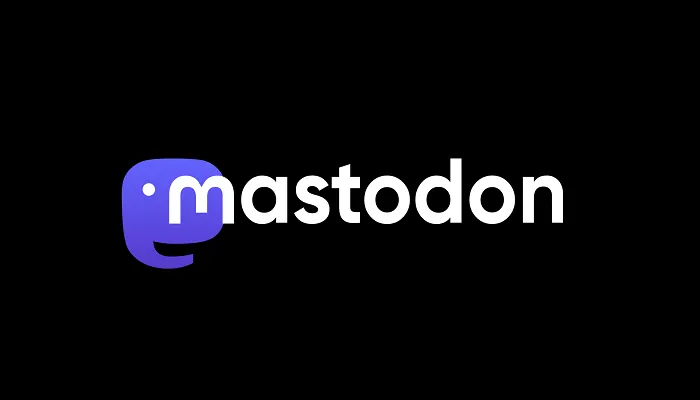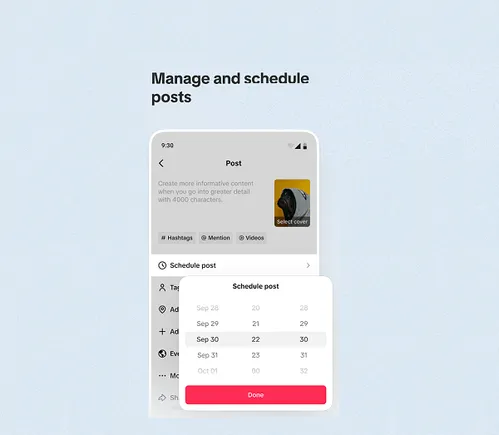Four-day work weeks. Hybrid models. Choose-your-own office days. Hot desking.
You’ve undoubtedly seen a lot of headlines about the above topics as the world settles into the post-Covid work landscape. Companies that used to be edgy and headline-worthy with their in-office pool tables, kegerators and nap pods are now pivoting to shiny new things to attract and retain employees.
There’s just one problem: This doesn’t embrace the future of work. It may feel fresh and new, in the way that any new fad grabs attention for a bit. But it’s not how to move forward. The above approach simply translates all the trappings of the pre-pandemic work landscape to a different geographic structure.
The future of work is revolutionary. Your employees have spent the last two-plus years working in an entirely new way. The amazing, talented people who work for you have shown they can be productive and do great work anywhere. They’ve enjoyed more freedom and flexibility than ever before, and many of them have no interest in going back to the way it was. That’s not just anecdotal; research from Future Forum indicates that 76 percent of employees want flexibility in where they work, and a whopping 93 percent of employees want flexibility in when they work.
If you want to retain and attract top talent, it’s time to adopt a whole new way of looking at work. We call it Work3.
Exploring the future of work
When we recently underwent a full rebrand, going from Corel to Alludo, we realized that we had the opportunity to not just reimagine the way the world saw us, but also to reimagine the future of work. That’s a tall order, but we couldn’t be more excited about it. Enter Work3.
Work3 is indeed a new way of looking at work. And that’s an understatement. More than a philosophy, this is a seismic paradigm shift that dismantles generations of notions about what work looks and feels like. It’s a way to attract and retain great talent and drive innovation and bottom-line results. How? Work3 decouples traditional knowledge work from time and space, meaning it’s no longer about where and when work is completed—or even how it’s completed. This new working world isn’t prescriptive. It doesn’t care whether you prefer to work at 3 a.m. or 3 p.m. It doesn’t view a midday nap or run or shopping trip as skipping out. It’s boundless—precisely because it respects boundaries.
And—this part is important—it doesn’t conflate flexibility with anarchy. Work3 doesn’t just care about outcomes; it’s obsessed with them. Expectations are sky-high. But how you get there? You figure out what works best for you.
This approach is not just better for employees; it’s better for companies, too. Forward-thinking businesses that adopt this approach will reap new opportunities to drive high employee engagement and create environments that foster creativity and productivity.
How to lead in this new reality
This new outlook requires a major change in the way employees approach their work, but the true key to making this shift successful is transforming how leaders operate. For generations, leaders have been at the forefront of their teams. But today’s work environment challenges leaders to create a vision, establish expectations, hire and inspire great people, give them the tools they need to succeed, and get the heck out of their way. For leaders, this is a profound shift, and it requires releasing the image of what management “should” look like.
How we got here
Work3 stems from Work 1.0—an outdated byproduct of the industrial revolution where employees worked a strict 9-5 schedule, often on an assembly line or in a cubicle; and Work 2.0—the new phase of work that stemmed from pandemic living, where Zoom ruled the world and many knowledge workers were remote.
Work3 takes the best parts of each and scraps the not-so-great ones to create a future that allows for transparency and concise communication, and leaves room for massive growth and innovation.
Why we can’t go back
It has been heartening to see the world embrace the shift to remote work. It helps level the playing field, creates more pathways for people living in different geographic regions, and dismantles some barriers for people living with disabilities. We can’t go back to the way things were pre-pandemic, and employees have made it clear that they don’t want to go back.
And yet, the fence-straddling that’s going on right now is not enough of a change. Applying old mindsets to a new work landscape is a recipe for frustration and stagnation. We now can make work something that inspires people and lets them come alive with ingenuity. We have the chance to let people make work something they get excited about and take ownership over—not because they’re being micromanaged, but because they want to show the world what they’re capable of. Because we think happy employees are productive employees.
The tools and technology to make this happen are available. Now we just need the right mindset.
What leaders can do right now
Embracing this new way of working can bring about an identity crisis for leaders, particularly those who spent years immersed in the old work culture. However, we now have the data and perspective proving that “butts in seats” don’t automatically equate to results.
This shift hinges on management getting over their fears and embracing a new path forward. Leaders must realize that it’s empowering to reimagine everything they thought they had to do and, instead, build something that works better for everyone.
This new landscape demands leaders who can untether performance from schedules, locations and inputs. Leaders must create psychological safety where people feel empowered to be accountable for their work, try new things, take risks and fail. There’s a premium on wellness, mental health and boundaries. Successful organizations will foster a culture of transparency, ethics and integrity.
Leaders can start embracing Work3 at their enterprises by embracing it themselves. Be unapologetic about the schedule and approach to work that suits you best. Hold yourself accountable for outcomes. Give yourself grace. Take risks. Be transparent. Take your dog for a walk at 2 p.m. Cut through the red tape so you can go further, faster.








































































